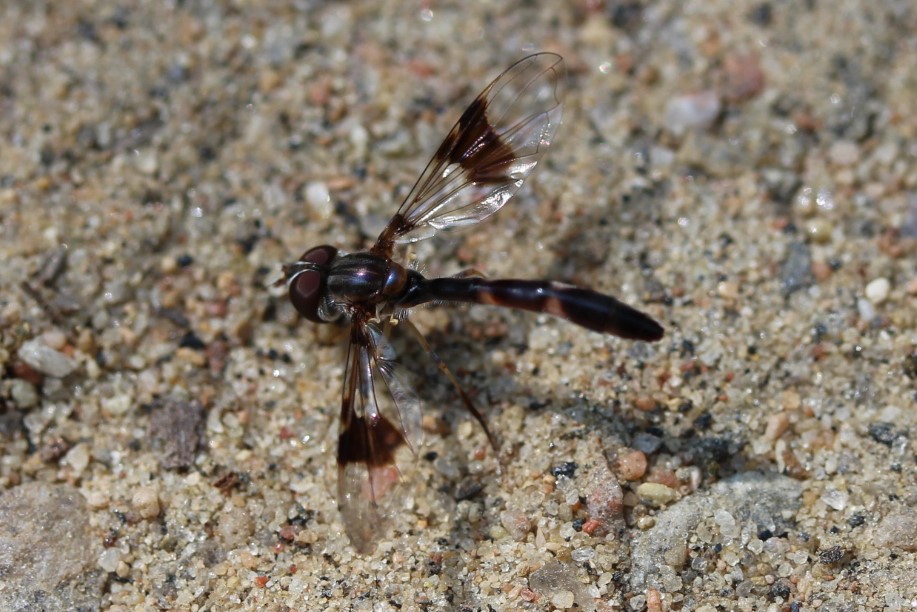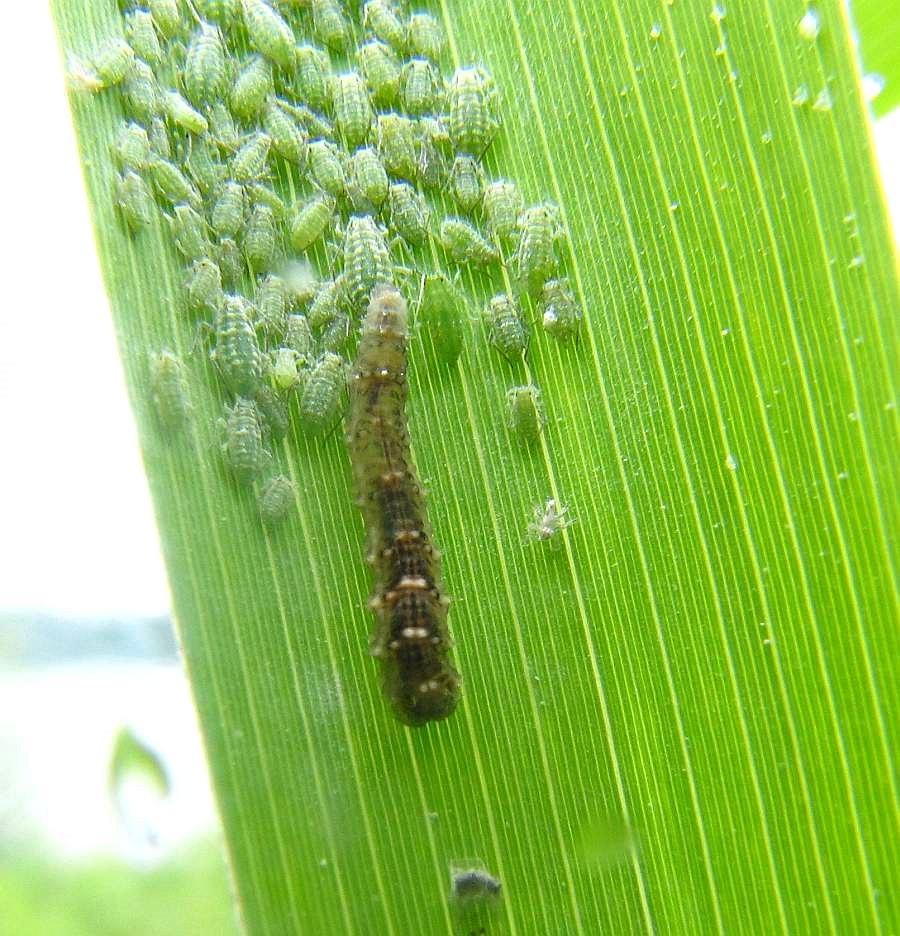Inspired by one of my favourite blogs on the internet, Tetrapod Zoology, or TetZoo (http://tetzoo.com/), I’d like to create a birthday article every year- not for the day I was born, but for the anniversary of my blog’s creation. In this post, I’ll summarize the past year of my blog, as well as the story of Norfolk Naturalist leading up to the blog’s creation. So here we go…

NorfolkNaturalist Version 1
I’ve tried to start creating blog content many times over the years, but it would usually fall to the wayside of my routine. A few years ago, I created a Tumblr blog in which I wanted to post articles about my own nature observations: norfolknaturalist.tumblr.com. My first post was about Cryptic Caterpillars, and I went on to explore various nature topics through the creatures I had observed myself (usually attempting to do so within a timely manner). Sometimes they were focused on a specific aspect of nature, or a specific animal or plant, and other times they were set up as a slideshow of my trip to a Provincial Park (such as MacGregor Point or Algonquin), giving brief comments about the creatures I observed on my trips. My first tumblr post, Cryptic Caterpillars, was published in March 2018, and it was only a month later that I would acquire my most exciting new tool for nature exploration: a Macro Lens. Up to that point, my nature photos were taken with a telephoto lens, and for insects that meant standing far away and cropping the picture later. Sometimes these pictures hold up, especially for insects like Dragonflies and Butterflies, but my dreams became reality when I was able to photograph Springtails dwarfed by the head of a screw. I had also become a member of iNaturalist at the beginning of 2018. So the ability to photograph the smaller creatures I was so fascinated with, combined with the support and community identification of the amazing iNaturalist website, expanded my horizons as an amateur naturalist.
One of my greatest passions has been learning about the animals and plants and fungi in my own surroundings, and these tools allowed me to do so. My tumblr allowed me to share this passion and interest with others of like mind, and I was excited to be sharing my wonder at the nature that is everywhere.
After a year of posting once or twice a month, I stopped for a while, until in November 2019 I began this current blog as a new platform for sharing my interests and observations. Before we look at Norfolk Naturalist in its current form, let’s take a little detour to Instagram.

Observations of the Day
In late 2018 I began to post “Observation of the Day” pictures on Instagram under the profile “norfolknaturalist” (for my Instagram account go here: https://www.instagram.com/norfolknaturalist/). These pictures very quickly became “Observation of the Week” as I really wasn’t that fast at finding interesting creatures to photograph, taking pictures, editing the pictures and transferring them to Instagram. Especially since a lot of my identifications were awaiting confirmation on iNaturalist. These first few pictures (which were titled with their species name and location observed) were then superseded by pictures from my archive of nature photos taken over the years. These photos were posted with a fact about the organisms involved, which grew into my new formula for Instagram: picture of a creature, and a paragraph of interesting information about them. It was really at the beginning of 2020 that I started to post regularly on Instagram, and it was exciting to be doing so. I had accumulated over the years a variety of photos of interesting creatures from local trails in Simcoe, Ontario, as well as various Provincial Parks during camping trips. Reviewing these photos and learning more about the creatures portrayed within them, then sharing that information was quite fun, and I’m really glad I started doing this, and I’m thankful for all the support and interest I’ve received.

The Current Blog (norfolknaturalist.ca)
I created and posted my first page on this blog, norfolknaturalist.ca, on November 30, 2019. (Welcome to my New Nature Blog) The first post was simply a quick overview of my interests, ideas, and goals with the website: namely, sharing my passion and interest in the amazing animals and plants that provide me with neverending fascination.
One thing I’ve always wanted to do is gather together as much fascinating information about an organism as I can into a post (sort of a mini-review of that creature). I’ve done this twice this past year, once with the Eastern Band-Winged Hoverfly (Ocyptamus fascipennis), and another on the Introduced Pine Sawfly (Diprion similis).
In December 2019, I visited Pinery Provincial Park and had some excellent encounters with some of the beautiful winter birds.
Besides Nature Observations and Species Profiles, I want to share my love of reading Nature books, and so I’ve published a few book reviews on my site as well. First was a Book Review of The Flora of MiddleEarth. Many of the books I read are textbook-ish and I’ve found it difficult to find reviews of some of them online because they aren’t designed to be read for pleasure. Sharing my experience diving into some of these books, and some of the fascinating information within is one of my goals with this site, and since that first Book Review, I’ve written two more: one for Pterosaurs by Mark Witton, and one for The Social Biology of Wasps, edited by Kenneth G. Ross and Robert W. Matthews.
And that brings us to the sum total of 7 posts in a whole year. Not very prolific at all. But there’s one very good reason for that.
In April of this year, my son was born. I haven’t been writing as regularly as I might be otherwise, distracted in the best possible way.
My goal for next year’s Birthday Article is that I’ll be able to summarize more than 7 posts, because I hope to write on my blog a little more regularly.
I hope you enjoyed my small tour through Norfolk Naturalist history and I hope you can return soon for some new content! I’ve got a few things in the works: Savvy Squirrels, Sand Wasps, and maybe even Salamanders!




















